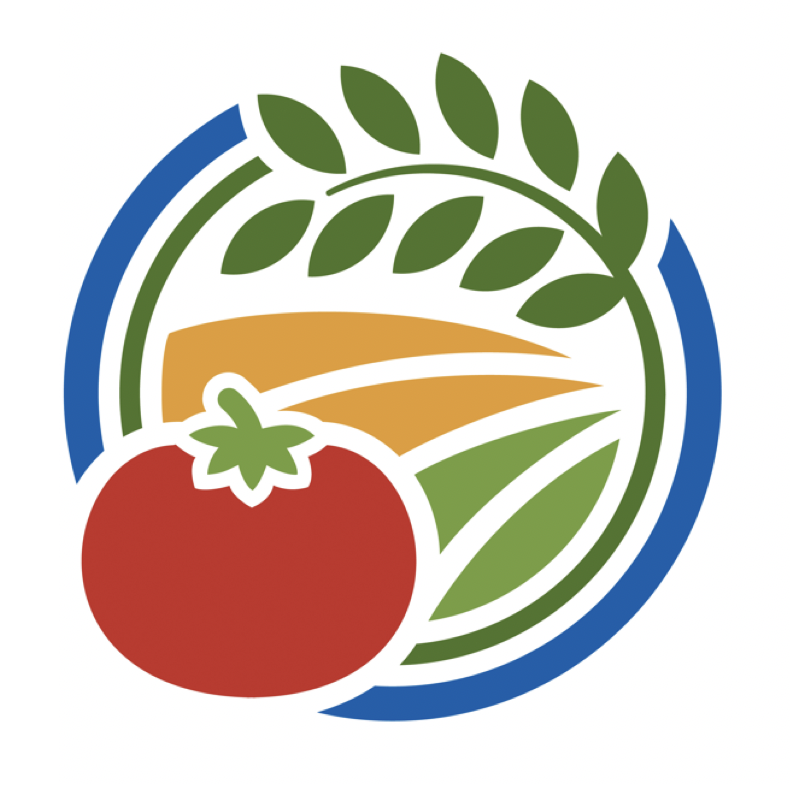Methyl bromide is a broad-spectrum fumigant that is widely used to control insect, pathogen, nematode, weed and rodent pests. Approximately 90% of the methyl bromide use in California is for pre-plant soil fumigation to control soil-borne pathogens and pests principally in strawberries, nursery crops, grapes, and tree fruits and nuts. Postharvest commodity treatment accounts for about 5-10% of the methyl bromide use and is directed largely at insects of nuts, cherries, grapes, raisins, and imported materials. Structural fumigation accounts for most of the remainder of the methyl bromide use in California.
Methyl bromide has been identified as an ozone-depleting substance, with an ozone-depleting potential of 0.6. Under the Clean Air Act, the U.S. Environmental Protection Agency has prohibited the production and importation of methyl bromide starting January 1, 2005. In addition, the United States has joined 140 other nations in signing the Montreal Protocol, which in 1994 froze production and importation of methyl bromide at 1991 levels, and which requires use to be reduced in developed countries by 25% in 1999, 50% in 2001, 70% in 2003 and 100% in 2005.
Thus, this widely used pesticide for the production and export of high value crops and commodities in California will be lost within the next few years. Several potential chemical and non-chemical alternatives to methyl bromide have been identified nationally and internationally and some of these alternatives are currently being evaluated in California. However, none of the alternatives have been adequately shown to be as effective or economical as methyl bromide within California farming systems. Therefore, there is an urgent need to develop and evaluate effective, economical alternatives to the agricultural use(s) of methyl bromide as a pre-plant soil fumigant and postharvest commodity and quarantine treatment.
